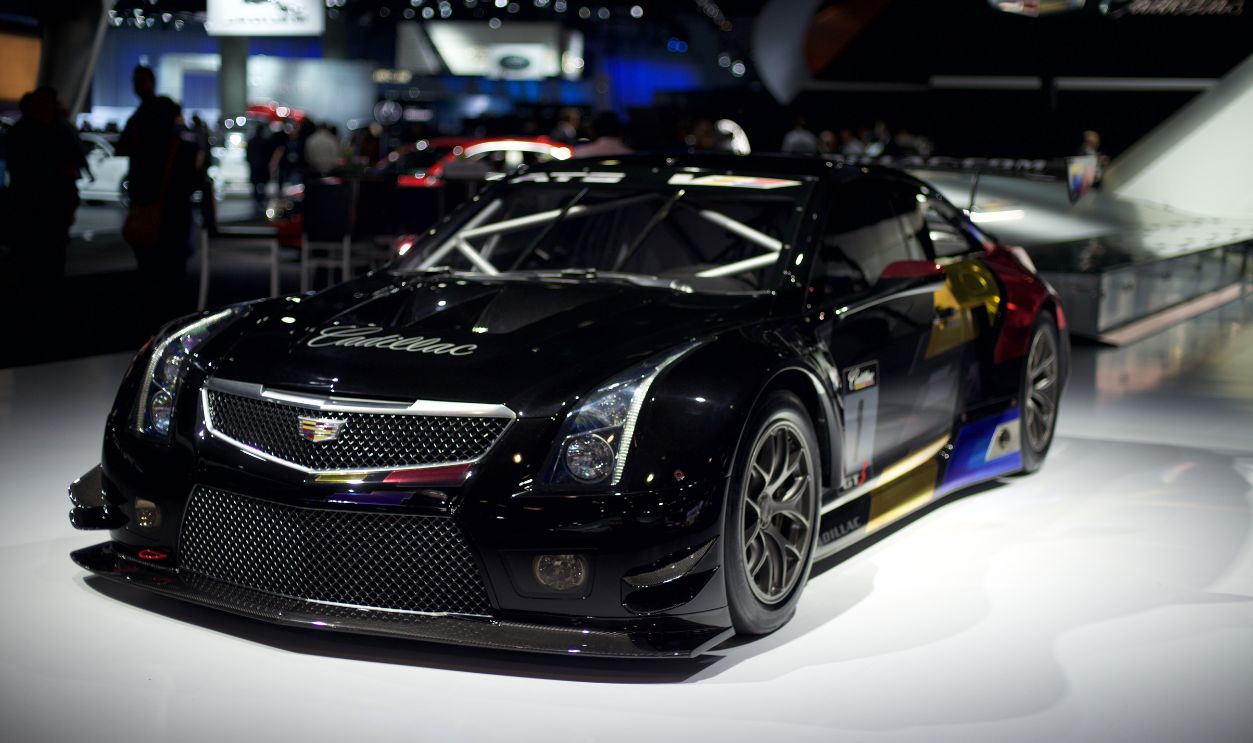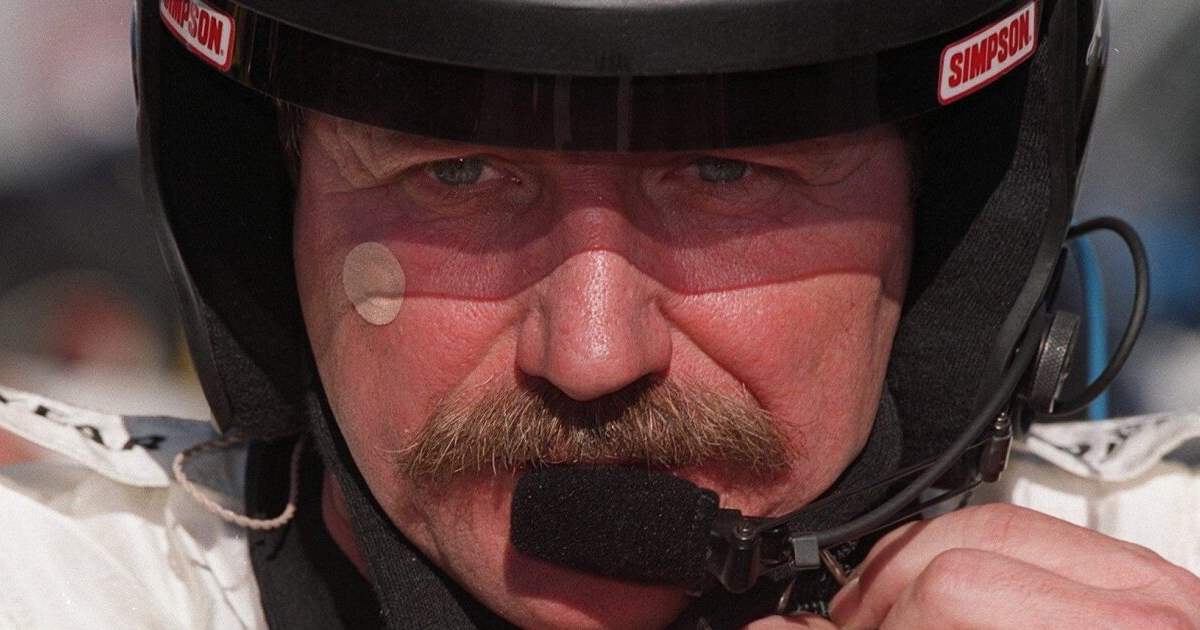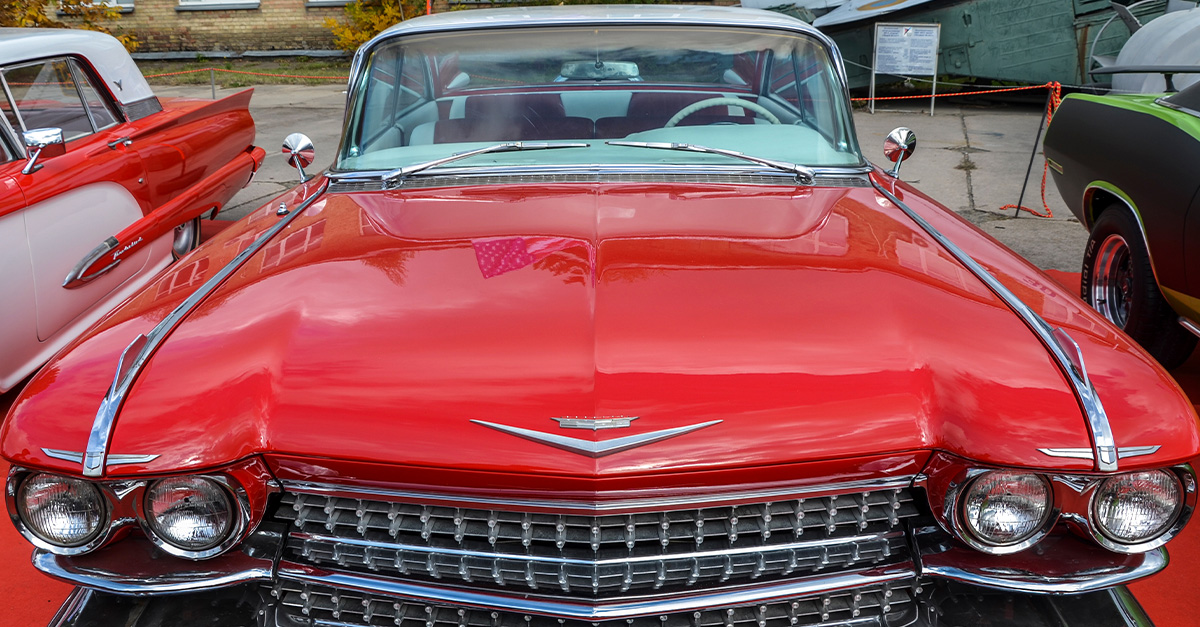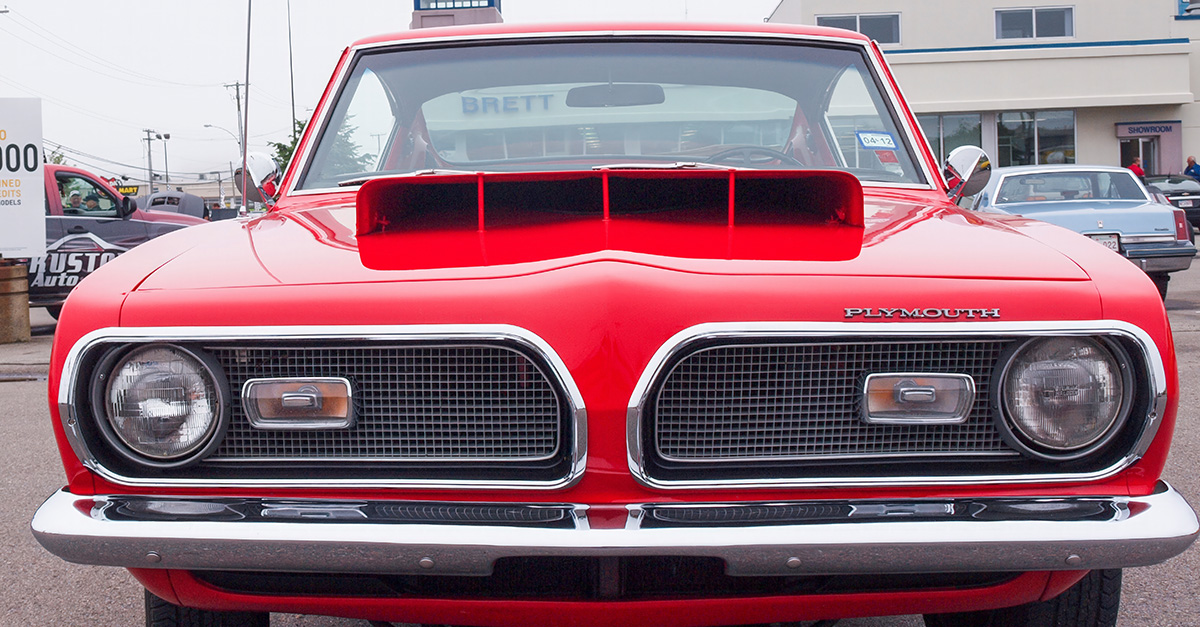Record-Breaking Racers
Racing is a sport, and engineering race cars is a skill. Together, they make car races a battle of brains and brawn. Amongst the record-breakers in track history, some changed the course of the sport.

Burning Rubber Since The 1900s
Since the invention of the wheel, humanity has made a hobby out of breaking the speed limitations of existing means of transportation. It didn't take long for racing to become a sport enjoyed worldwide, with its origins rooted in some of the most memorable cars from America.
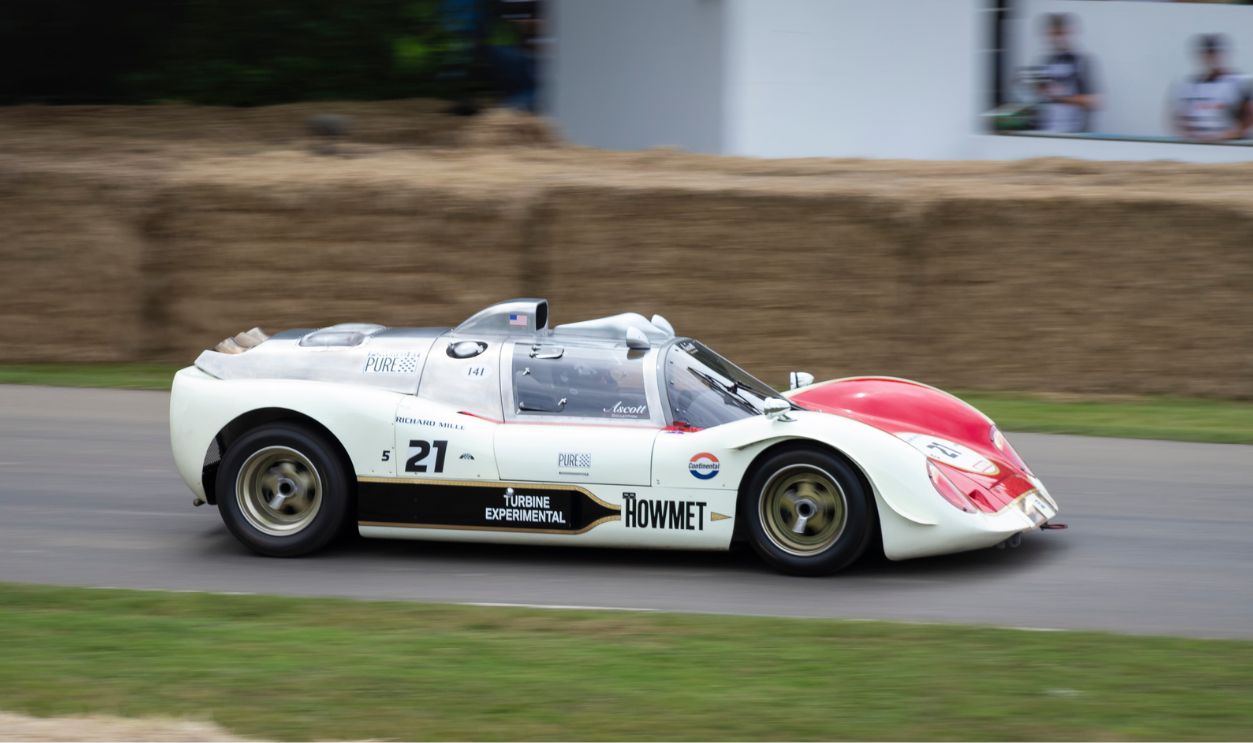 Michele Borioli, CC BY 2.0, Wikimedia Commons
Michele Borioli, CC BY 2.0, Wikimedia Commons
Ford 999
Henry Ford manufactured what is probably one of the first race cars in American history: the Ford 999. Its name was inspired by a steam engine that held a speed record, and the motive behind the development of this vehicle was to generate publicity for automobile sales.
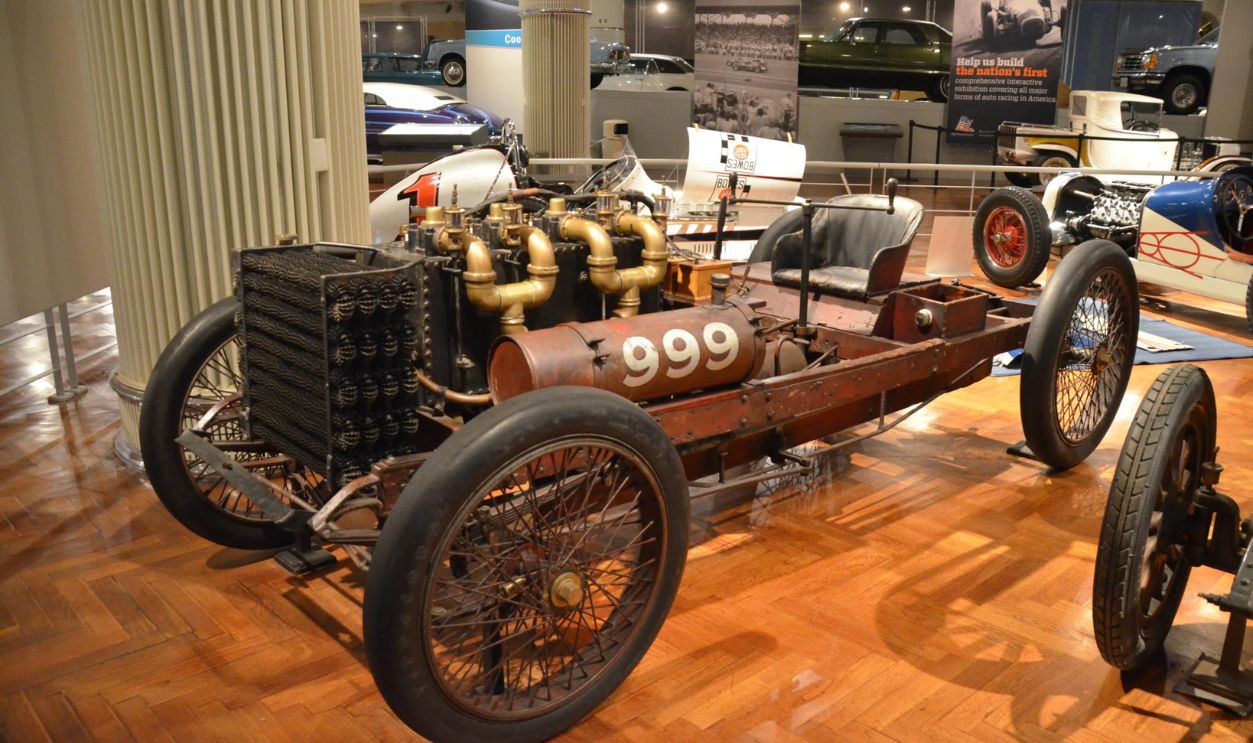 Joe Ross, CC BY-SA 2.0, Wikimedia Commons
Joe Ross, CC BY-SA 2.0, Wikimedia Commons
Hudson Hornet
The Hudson Hornet is a stock race car built for performance. It produced 145 horsepower, which was a considerable figure for the time. The legendary vehicle holds over eighty NASCAR wins. To top it all off, it was immortalized in the movie Cars as Doc Hudson.
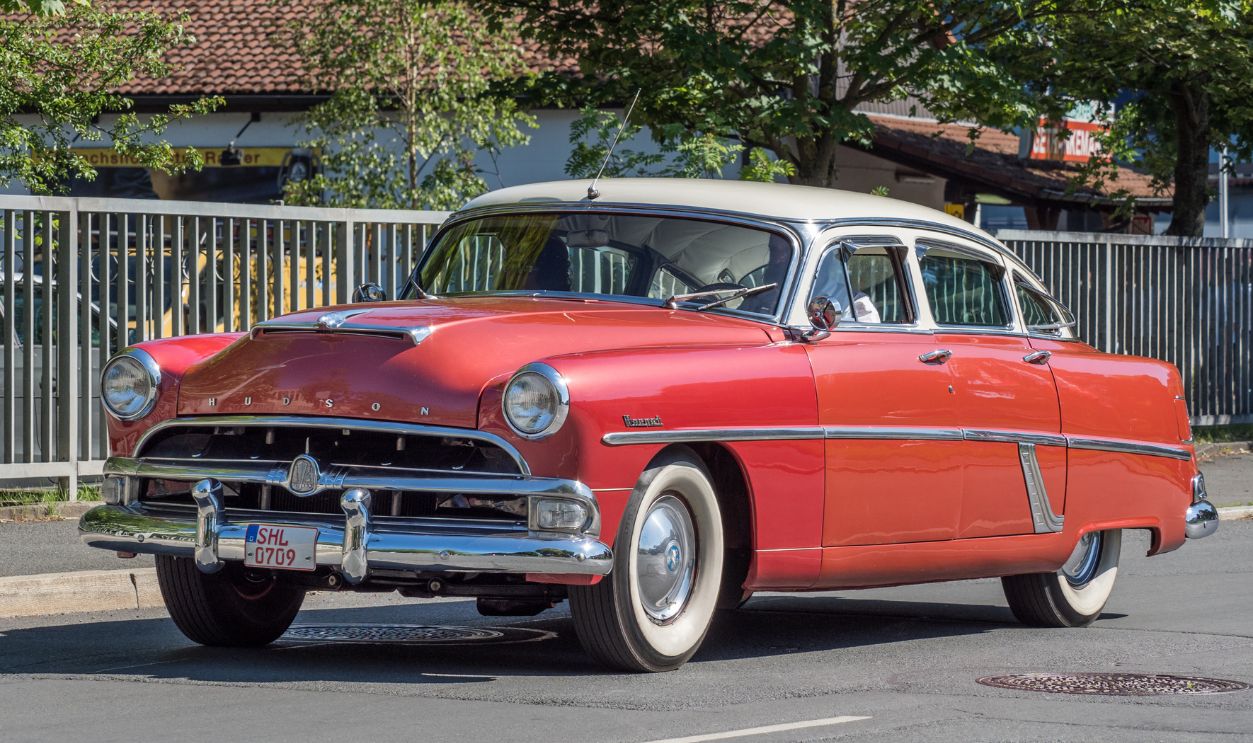 Ermell, CC BY-SA 4.0, Wikimedia Commons
Ermell, CC BY-SA 4.0, Wikimedia Commons
Cunningham C4-R
A successor to the C2-R, the Cunningham C4-R was a model built to compete at the highest levels of motorsport. Its integration of aerodynamic design with a powerful V8 engine rendered it fit to compete internationally against the then-dominating European manufacturers, helping put America on the map.
 Writegeist, CC BY-SA 4.0, Wikimedia Commons
Writegeist, CC BY-SA 4.0, Wikimedia Commons
Scarab
The Scarab was Lance Reventlow's passion project that challenged formidable European competitors like Ferrari and Maserati. While it was originally intended to compete in the 1958 World Sports Car Championship, shifts in regulation saw it compete in the SCCA races instead, where it proved its prowess.
 fotojrb, CC BY-SA 4.0, Wikimedia Commons
fotojrb, CC BY-SA 4.0, Wikimedia Commons
Ford GT40
The Ford GT40 was born from the notorious rivalry between Ford and Ferrari, which began after the former failed to negotiate a purchase of the latter. This led to Ford aiming to dethrone Ferrari's supremacy in the 24 Hours of Le Mans race, which he did with the Grand Touring model.
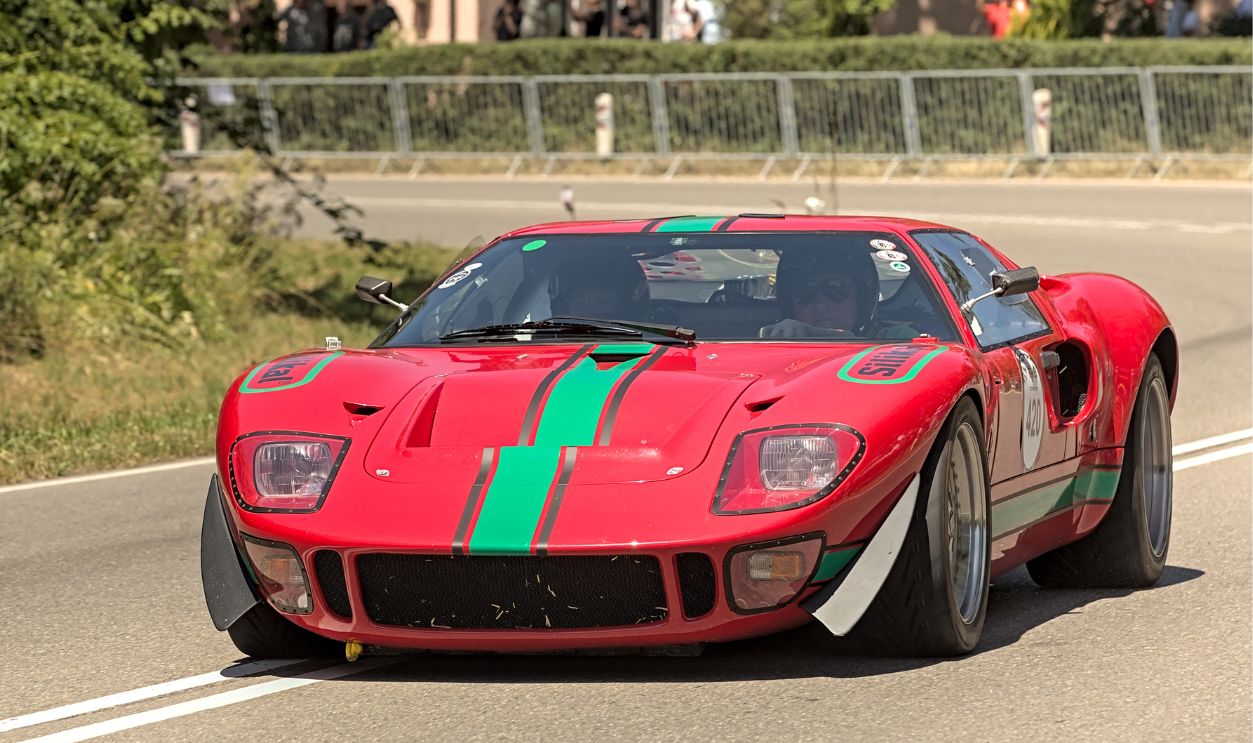 Alexander Migl, CC BY-SA 4.0, Wikimedia Commons
Alexander Migl, CC BY-SA 4.0, Wikimedia Commons
Shelby Daytona Coupe
This race car made history as the only American-manufactured one to win the FIA World Sportscar GT Championship. The Daytona Coupe is Pete Brock's brainchild, who designed it after Carroll Shelby recognized the need for improvements in the Shelby Cobra Roadster.
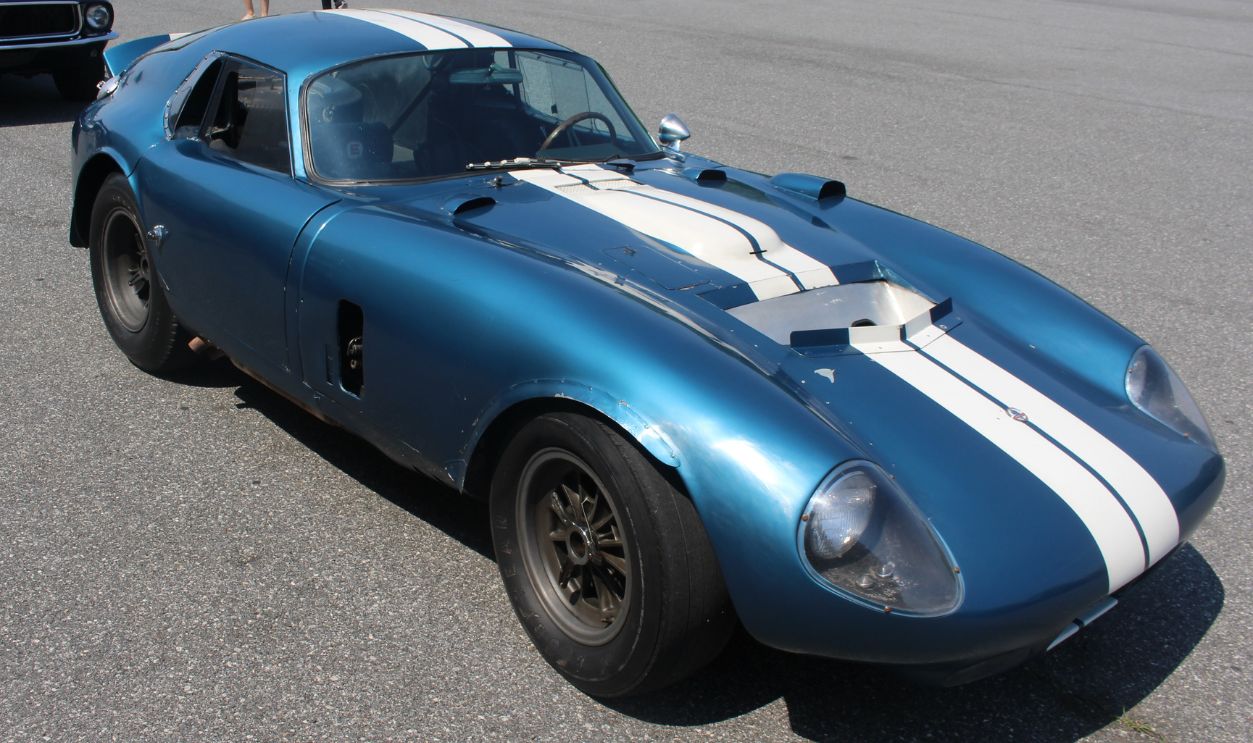 Coolsteve11, CC0, Wikimedia Commons
Coolsteve11, CC0, Wikimedia Commons
Chaparral 2E
This automobile is visually hard to miss, with advanced features such as its prominent rear wing and side-positioned radiators. The Chaparral 2E, built by Jim Hall, was among the most aerodynamically advanced cars of the time and set the standard for motorsport engineering with its telling track record.
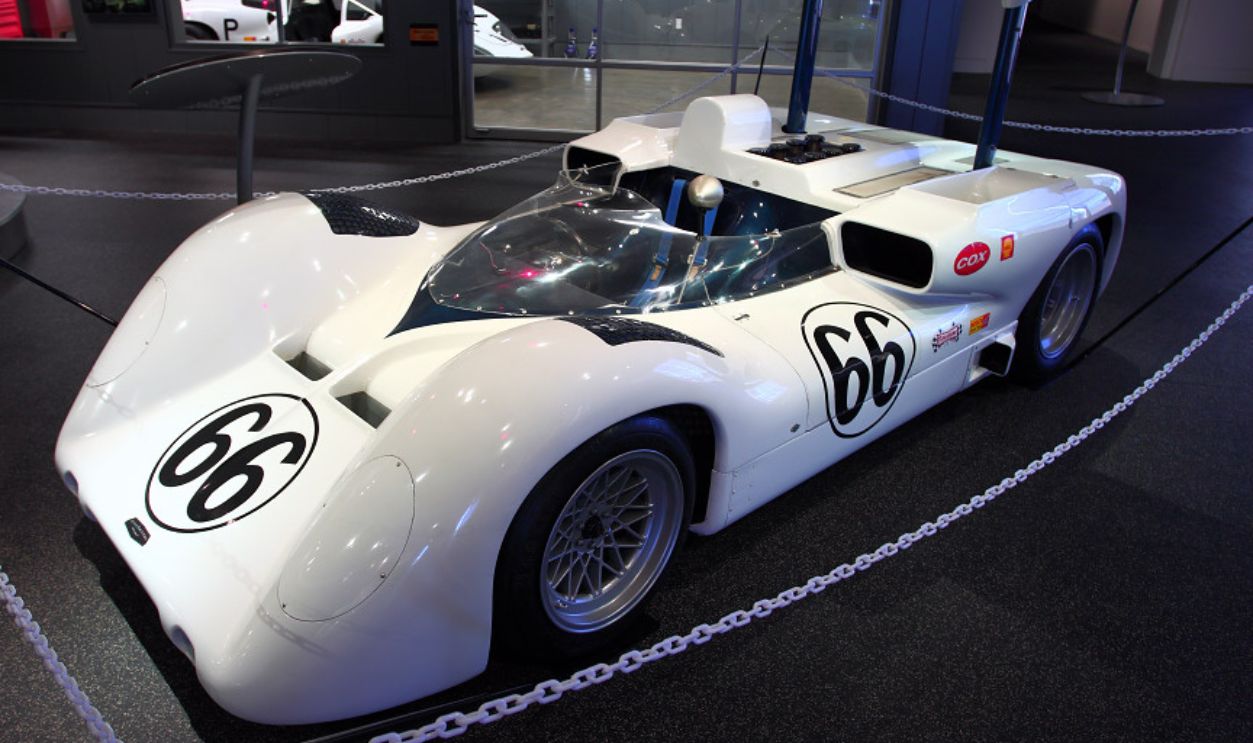 Oldwizzard, CC BY-SA 3.0, Wikimedia Commons
Oldwizzard, CC BY-SA 3.0, Wikimedia Commons
Gurney Eagle-Weslake Mk. I
Like many others, this automotive was born from the urge to outperform European race car manufacturers. It's widely heralded as one of the most beautiful race cars ever made and had its moment in the spotlight when Dan Gurney won the 1967 Belgian Grand Prix with it.
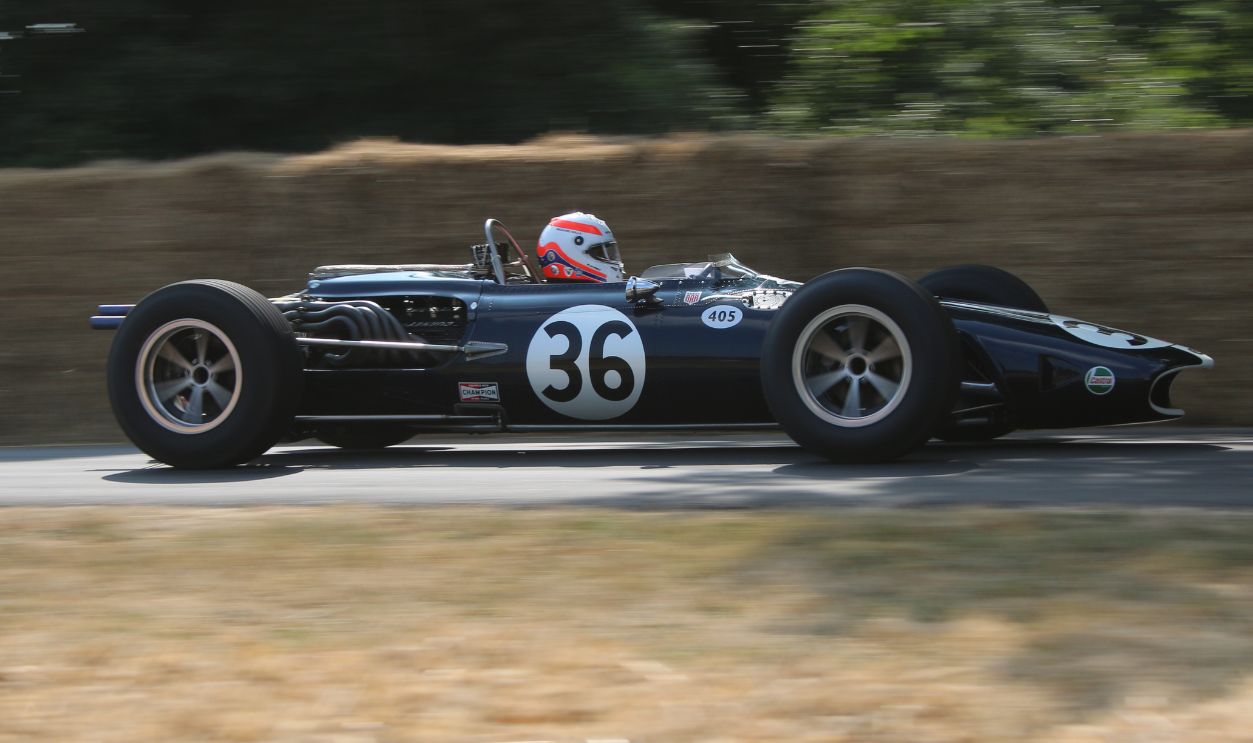 Andrew & Alan Frost, CC BY 2.0, Wikimedia Commons
Andrew & Alan Frost, CC BY 2.0, Wikimedia Commons
Chevrolet Camaro Z/28
The Chevrolet Camaro has evolved over time, with the Z/28 variant made to appeal to both street enthusiasts and competitive racers. It's a muscle car equipped with a powerful V8 engine that gives it up to 505 horsepower and track excellence, specifically in the Trans-Am series.
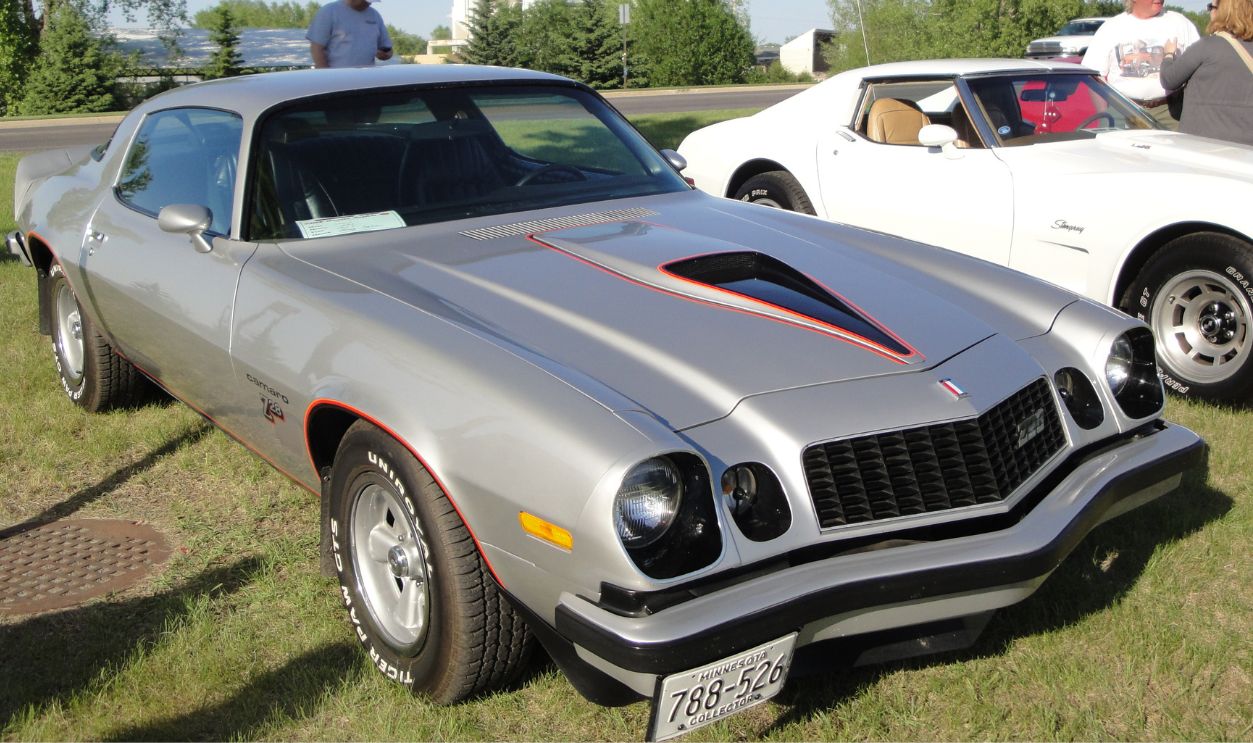 Greg Gjerdingen, CC BY 2.0, Wikimedia Commons
Greg Gjerdingen, CC BY 2.0, Wikimedia Commons
Lotus 56
The Lotus 56 is a race car whose makers, Colin Chapman and Andy Granatelli, experimented with the lesser-used turbine engine that showed potential for greatness. The piece used to achieve this was the Pratt & Whitney STN 6/76, an engine capable of producing up to 600 horsepower.
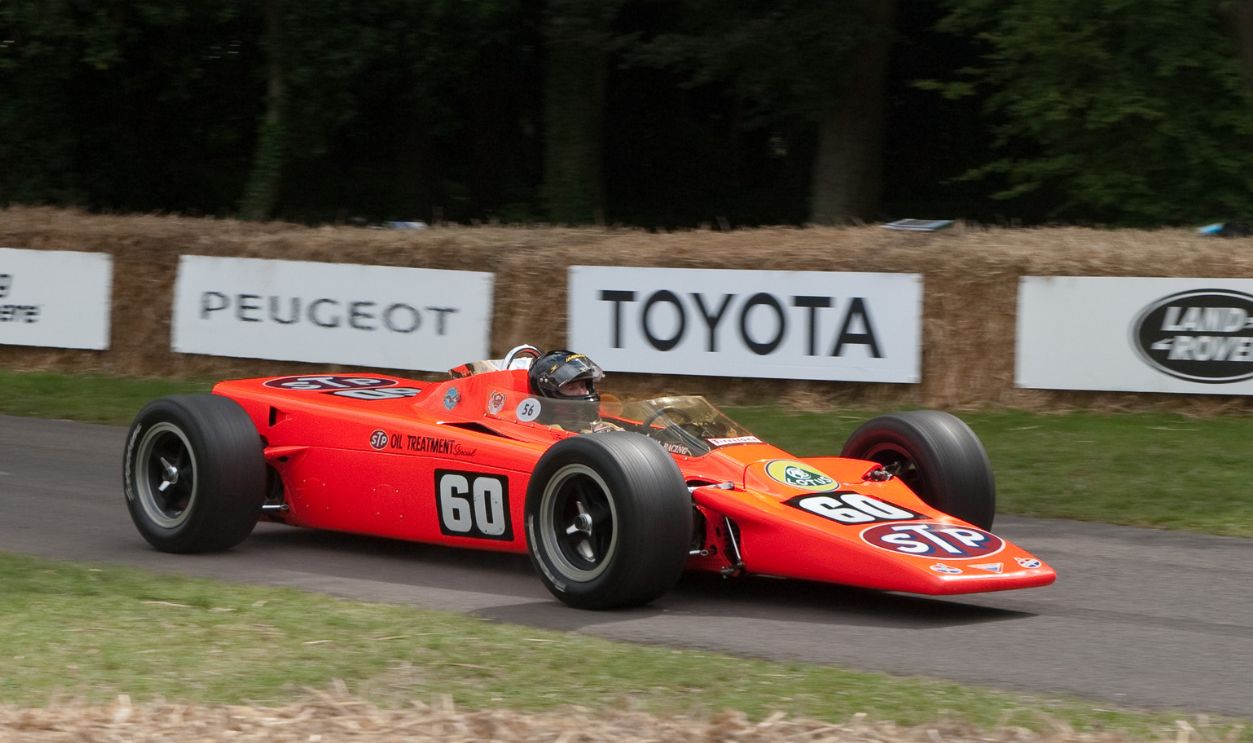 Surreal Name Given, CC BY 2.0, Wikimedia Commons
Surreal Name Given, CC BY 2.0, Wikimedia Commons
Howmet TX
The Lotus Group were not the only experimental ones: even Ray Heppenstall wanted to try his hand at creating a gas-turbine monster. He initiated the development of the Howmet TX, the only one of its kind to win a competition and prove the viability of turbine engines in racing.
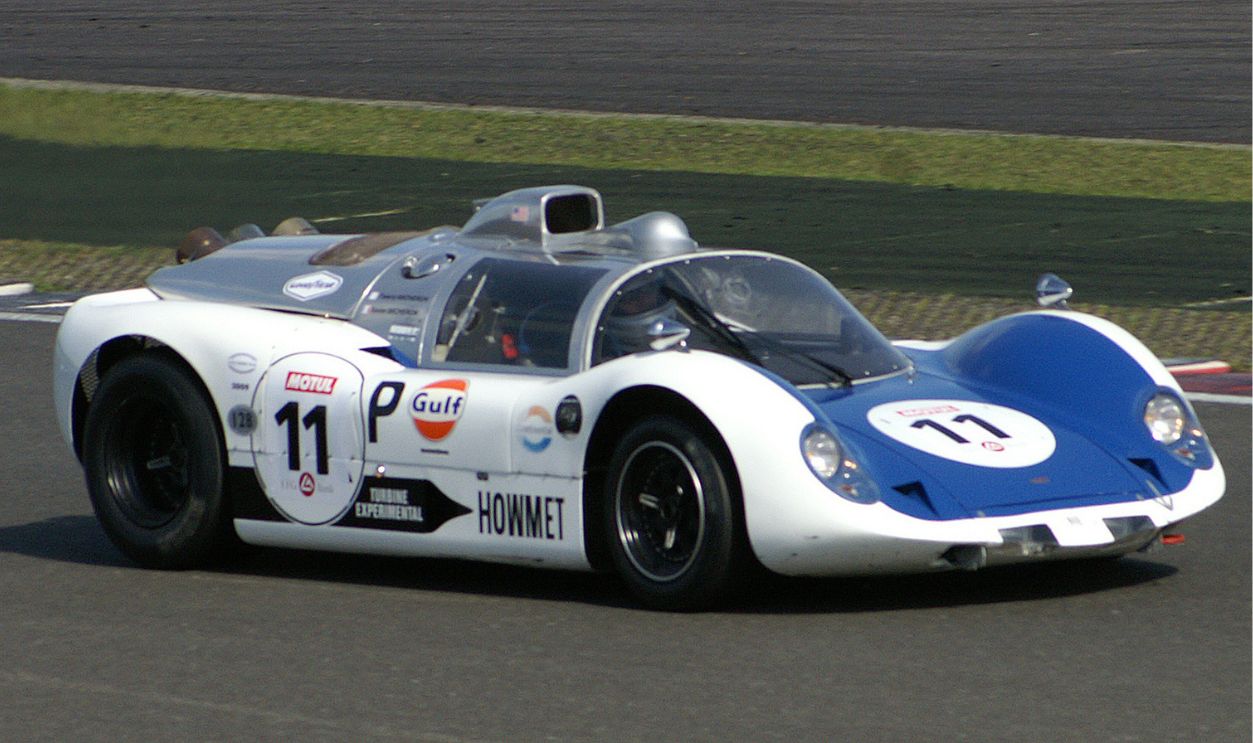 Dave Hamster, CC BY 2.0, Wikimedia Commons
Dave Hamster, CC BY 2.0, Wikimedia Commons
Plymouth RoadRunner Superbird
This iconic race car was built by the Plymouth division of Chrysler for many reasons, one of them being to attract racer Richard Petty back to their fold. It was also a response to regulation changes by NASCAR—the racetrack for which it was custom-built.
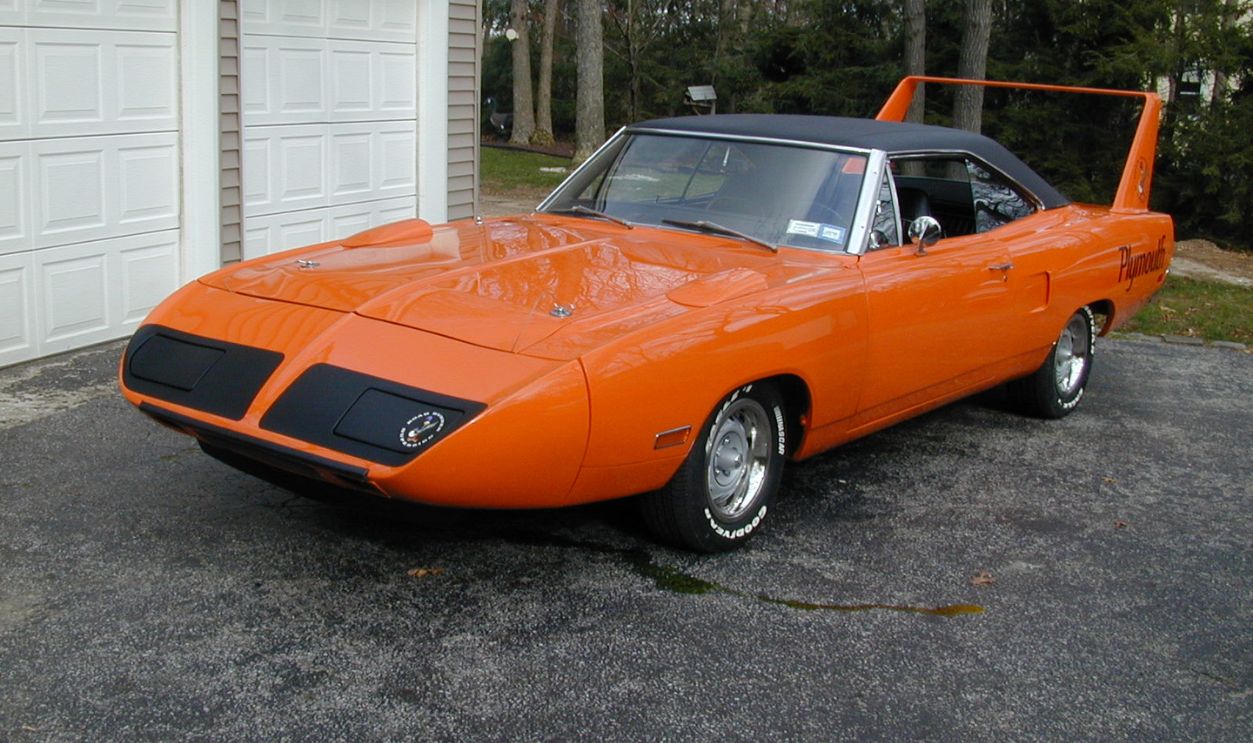 Ferrari 4 ever, Wikimedia Commons
Ferrari 4 ever, Wikimedia Commons
Competition Vs. Consumerism
The new regulations required a manufacturer to develop a certain number of street-legal cars to qualify for the tracks. Consequently, 1,920 units of the Superbird were produced in 1970, stepping up against Ford and Chevrolet. It also promoted the "Win on Sunday, sell on Monday" philosophy.
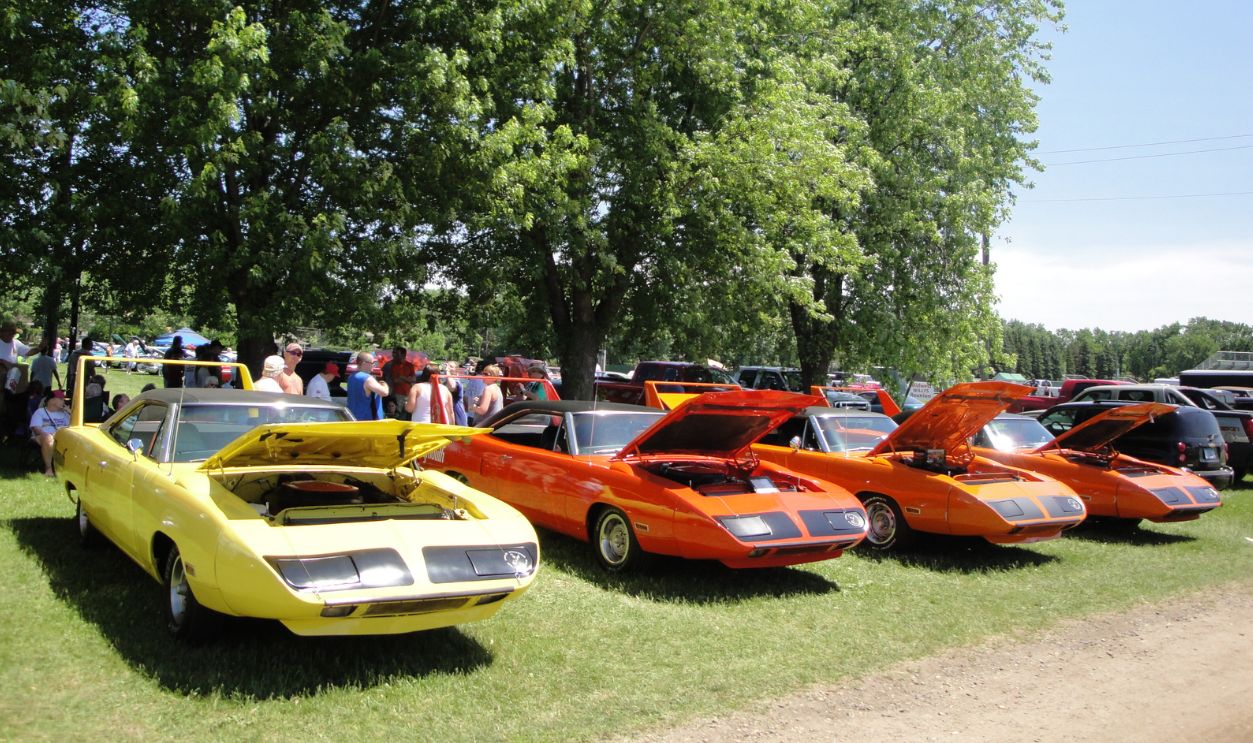 Greg Gjerdingen, CC BY 2.0, Wikimedia Commons
Greg Gjerdingen, CC BY 2.0, Wikimedia Commons
Chevrolet Monte Carlo
General Motors made a shrewd move with exceptional business acumen when it produced the Monte Carlo. They sensed the changing consumer preferences towards more luxurious models and adapted accordingly, designing a race car that was both sleek and adept on the tracks, notably that of NASCAR.
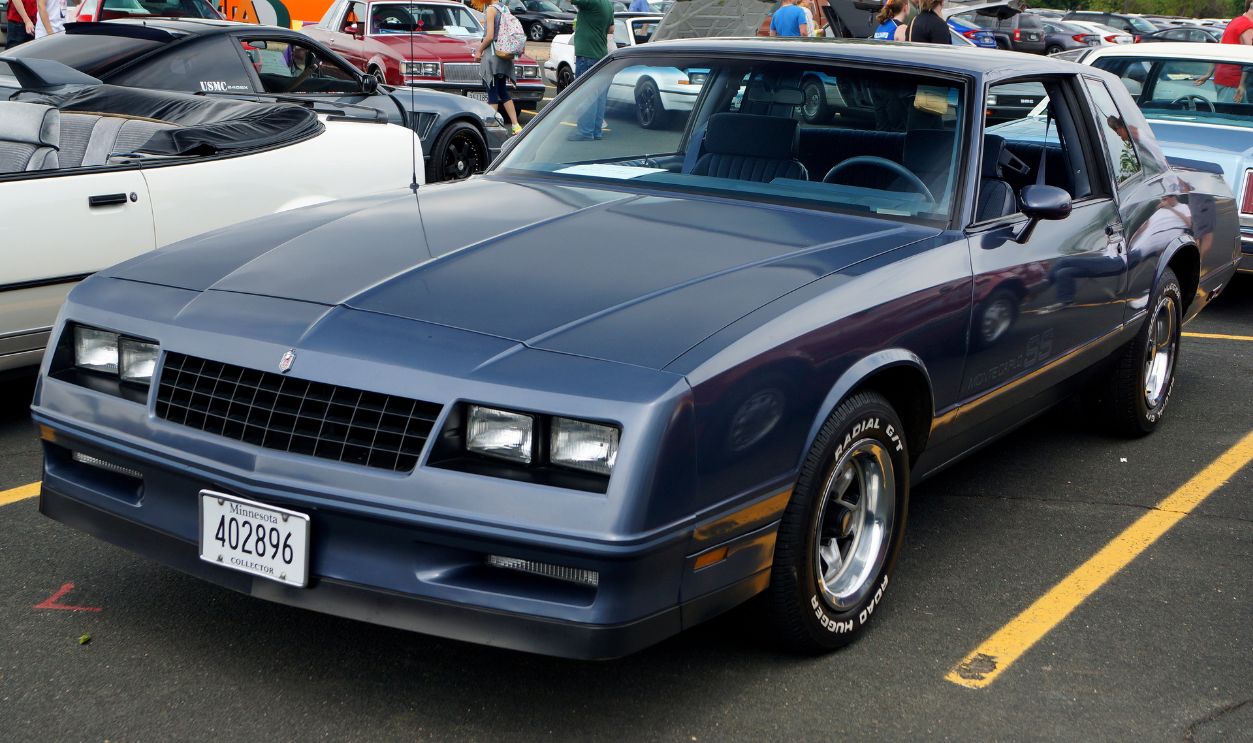 Greg Gjerdingen, CC BY 2.0, Wikimedia Commons
Greg Gjerdingen, CC BY 2.0, Wikimedia Commons
Swamp Rat
Designed and constructed by the pioneer of drag racing himself, Don "Big Daddy" Garlits, the Swamp Rat is revolutionary. Its engine can reach over 3000 horsepower. The mastermind brought his experience at the wheel to build the model, which incorporated a closed-cockpit design for driver safety.
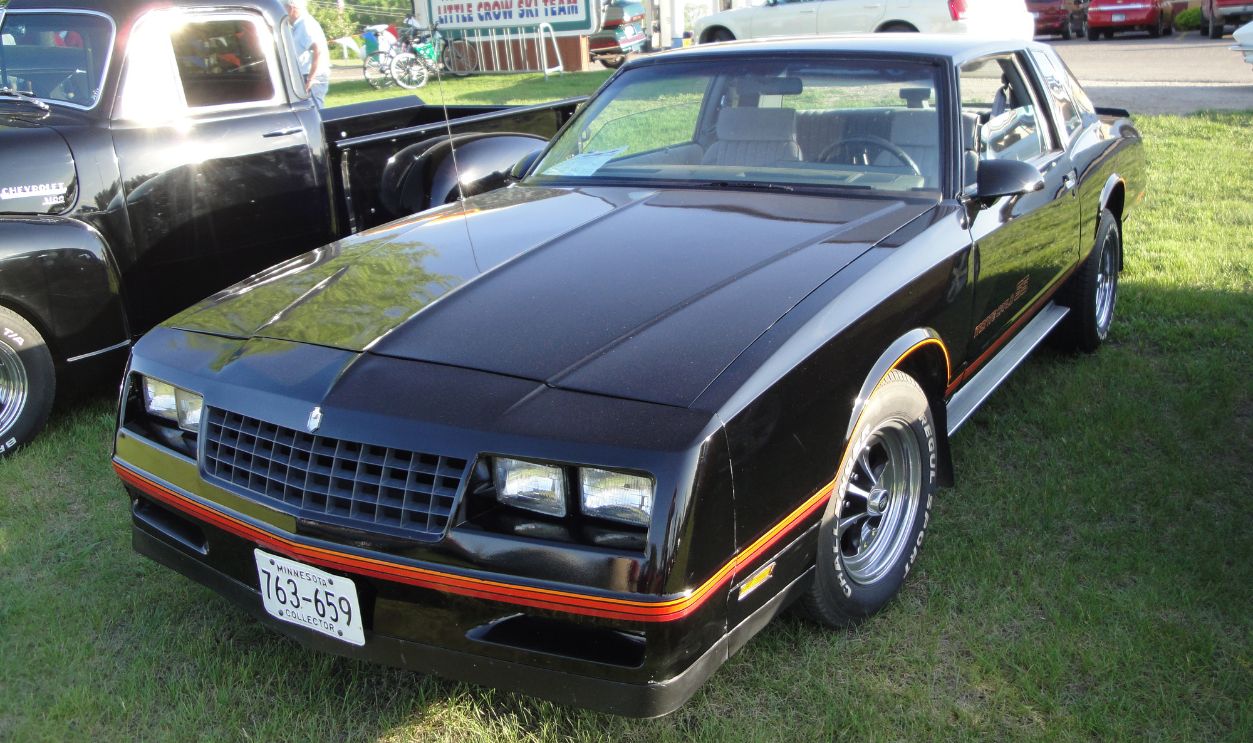 Greg Gjerdingen, CC BY 2.0, Wikimedia Commons
Greg Gjerdingen, CC BY 2.0, Wikimedia Commons
Dodge Viper GTS-R Mk. I
This automobile has set crowds ablaze with its remarkable performances in endurance racing, particularly as a class two grand tourer. It was born of a collaboration between Chrysler Corporation, Oreca, and Reynard Motorsport. Although initially designed as a GT1 car, it was moved to GT2 because of regulations.
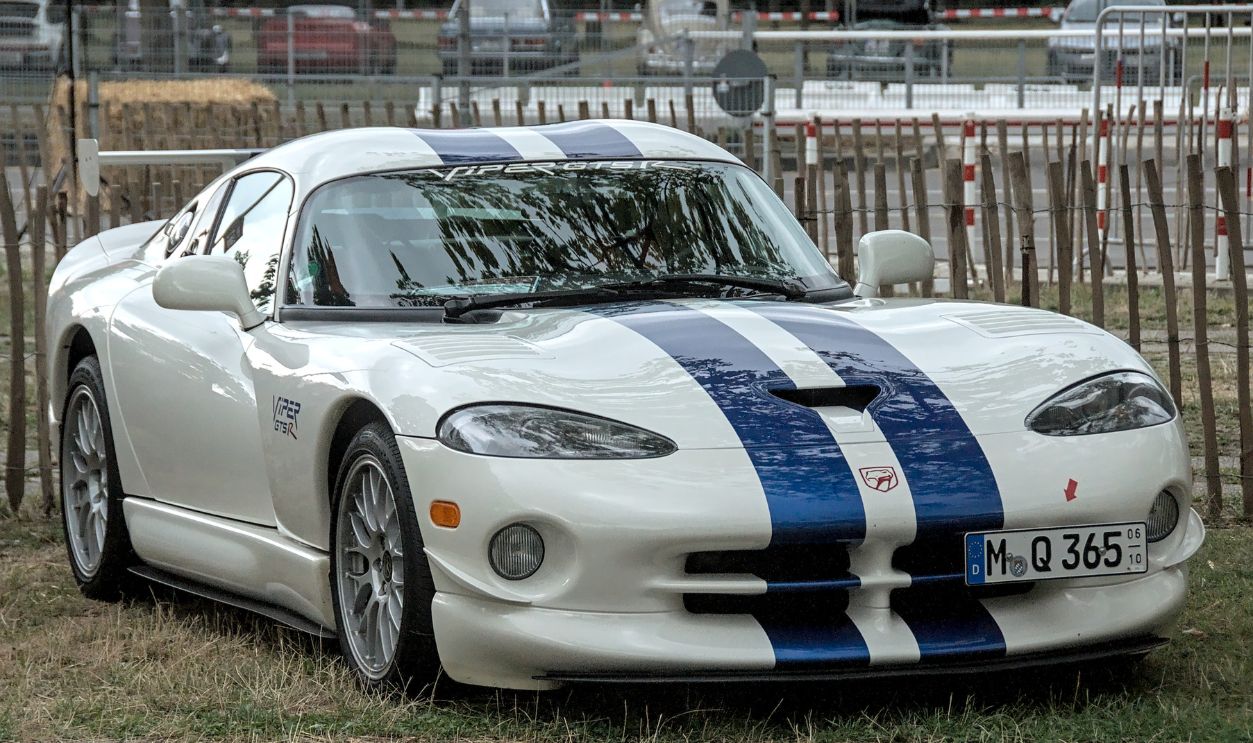 Alexander Migl, CC BY-SA 4.0, Wikimedia Commons
Alexander Migl, CC BY-SA 4.0, Wikimedia Commons
Swift 007.i
The 007.i model marked Swift Engineering's shift into open-wheel racing after its acquisition by Hiro Matsushita in 1991. The car was conceived to meet the demands of the CART series, with a chassis specially designed for Newman/Haas Racing. It debuted at the Marlboro Grand Prix in 1997.
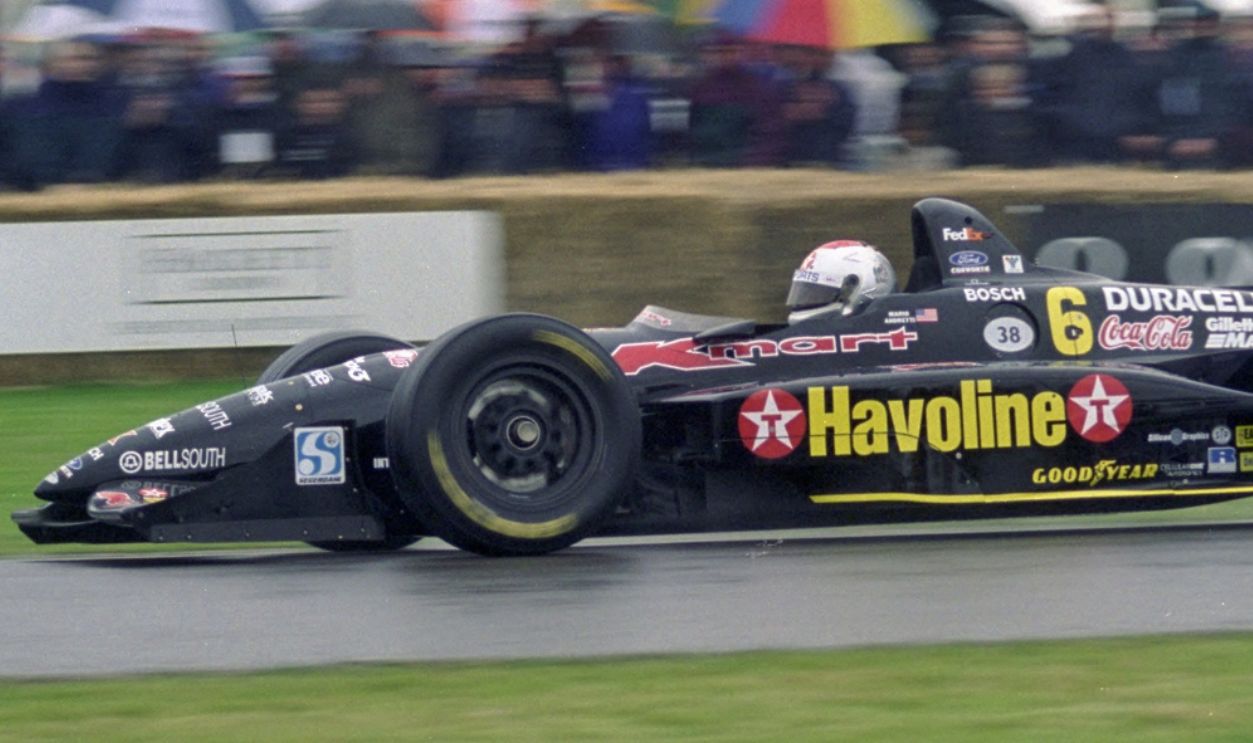 PSParrot, CC BY 2.0, Wikimedia Commons
PSParrot, CC BY 2.0, Wikimedia Commons
Corvette Racing's C5-R, C6.R, and C7.R
Corvette Racing is a formidable engineering and design team that focuses solely on the race car segment under Chevrolet. They first broke through with the C5-R, which fixed prior failures to make a rival to the Dodge Viper GTS-R. Later models were all improved iterations of the same.
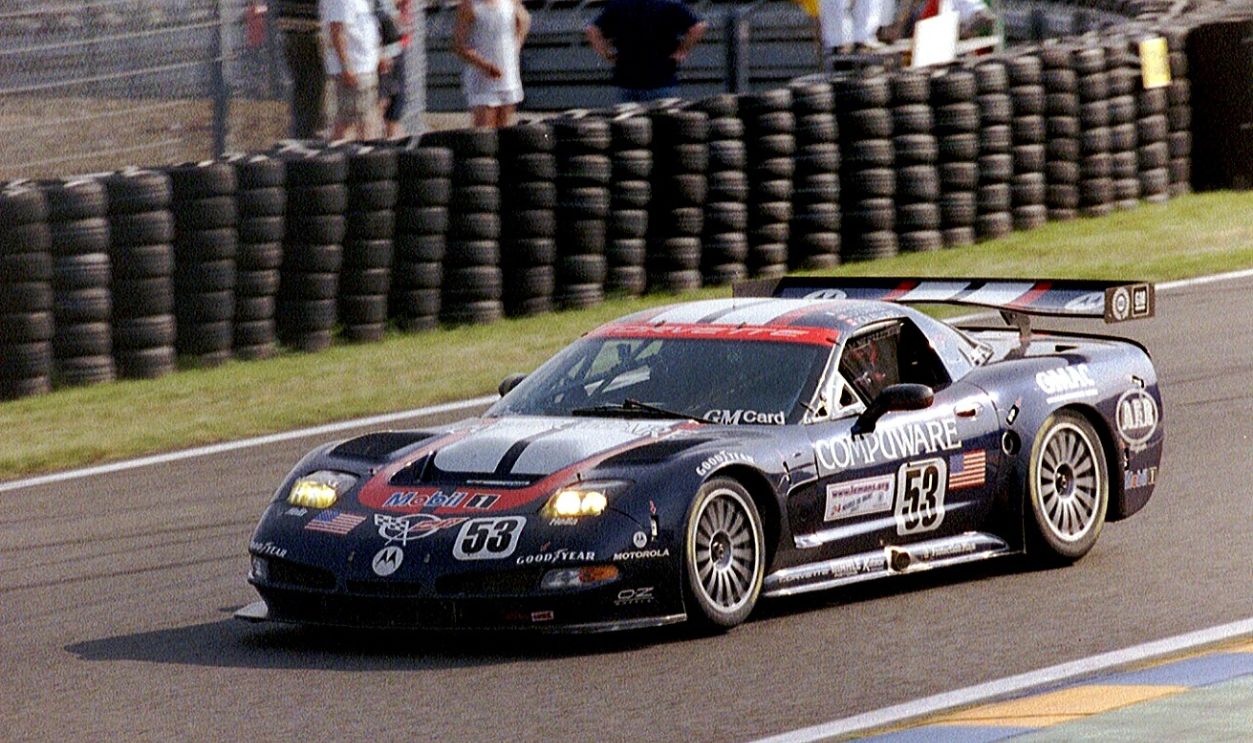 Martin Lee, CC BY-SA 2.0, Wikimedia Commons
Martin Lee, CC BY-SA 2.0, Wikimedia Commons
Panoz LMP-1
LMP here stands for Le Mans Prototype. The structure of this vehicle involves front-mounted V8 engines, a callback to the Scarab F1 cars of the 1960s. It was built by Panoz Auto Development, a manufacturer that took an unconventional approach to prioritizing the aesthetics of its cars.
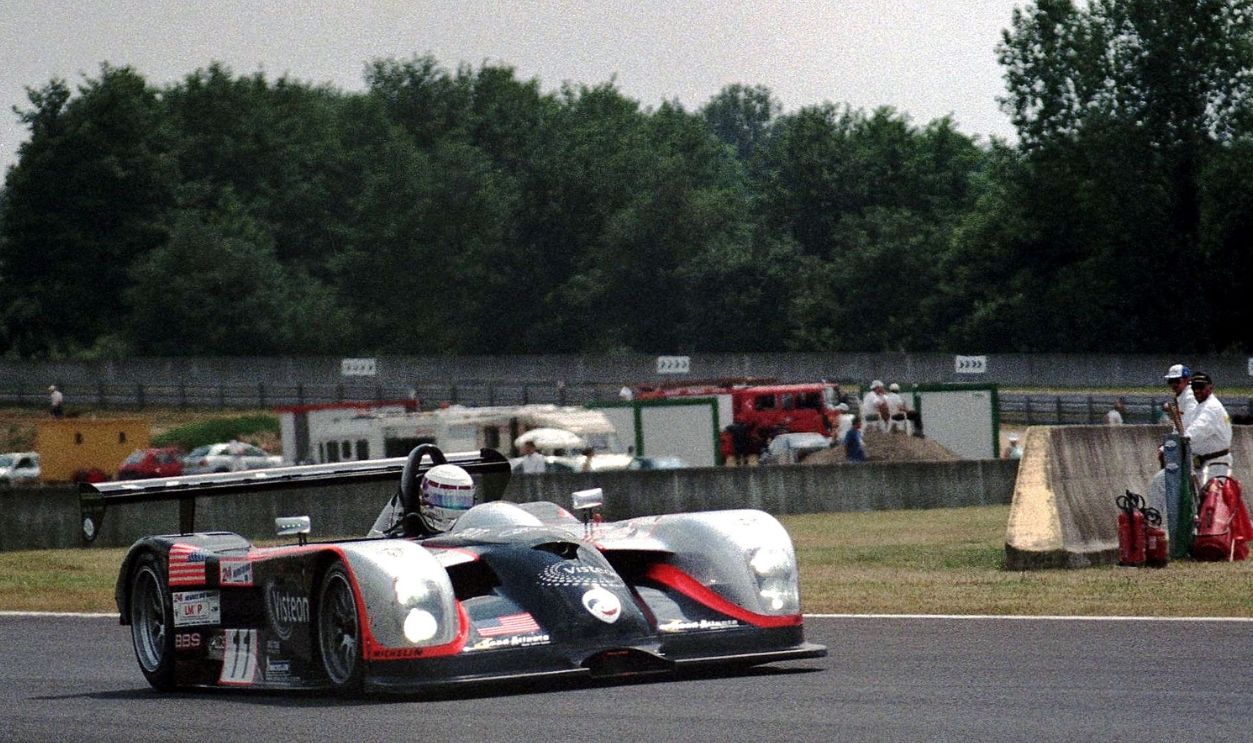 Martin Lee, CC BY-SA 2.0, Wikimedia Commons
Martin Lee, CC BY-SA 2.0, Wikimedia Commons
Cadillac ATS-V.R
The Cadillac ATS-V.R was introduced in 2014 by Cadillac Racing, a division under General Motors. It was built to race in the FIA GT3 category and had to live up to the expectations set by its predecessor, the CTS-V.R. The ATS-V.R ultimately impressed enthusiasts in the Pirelli World Challenge.


